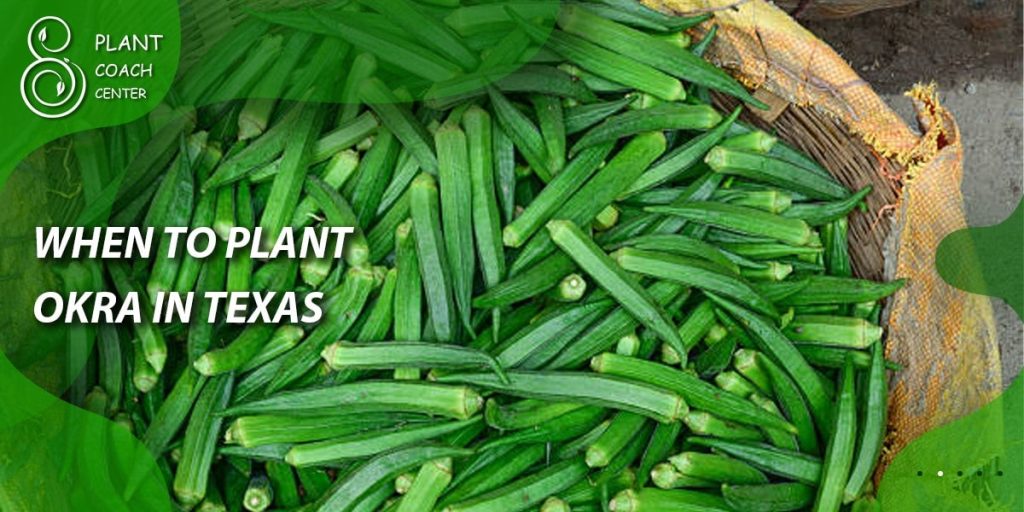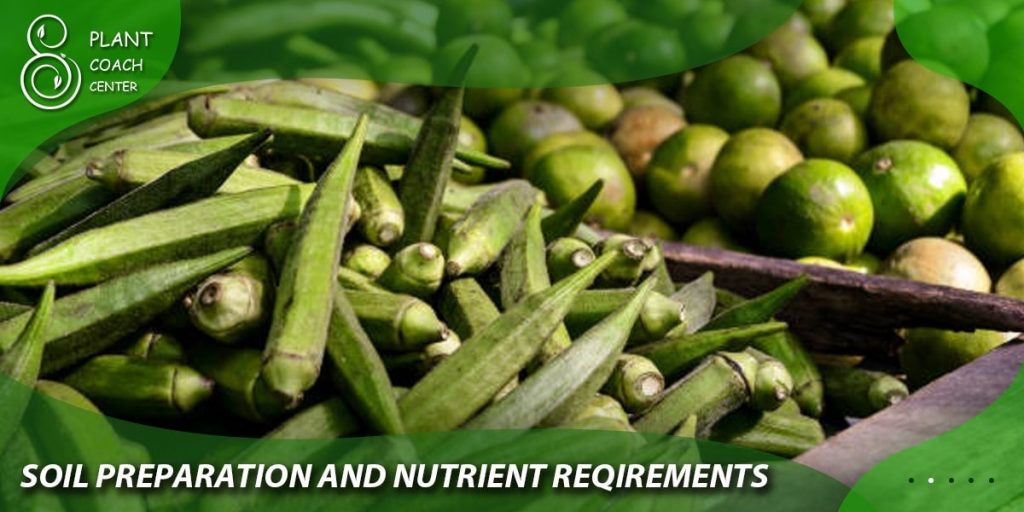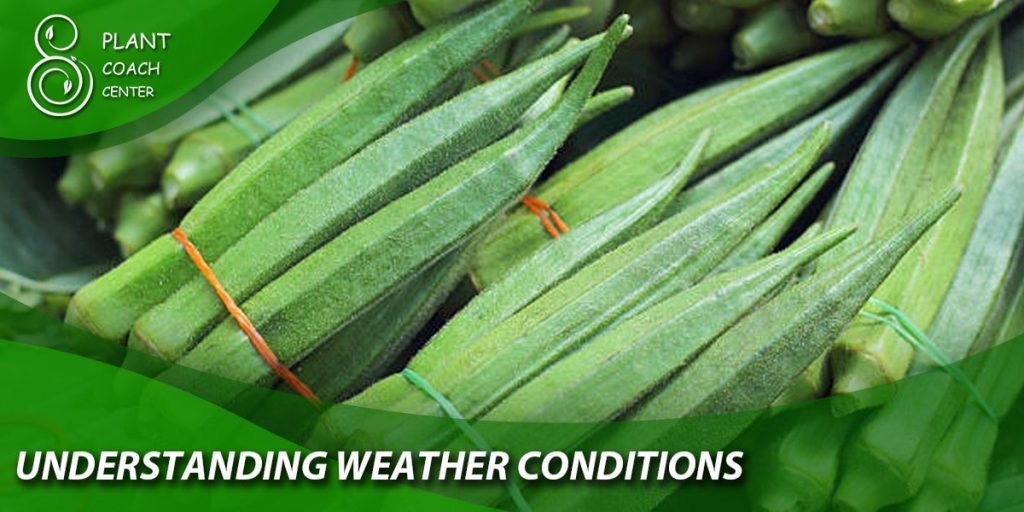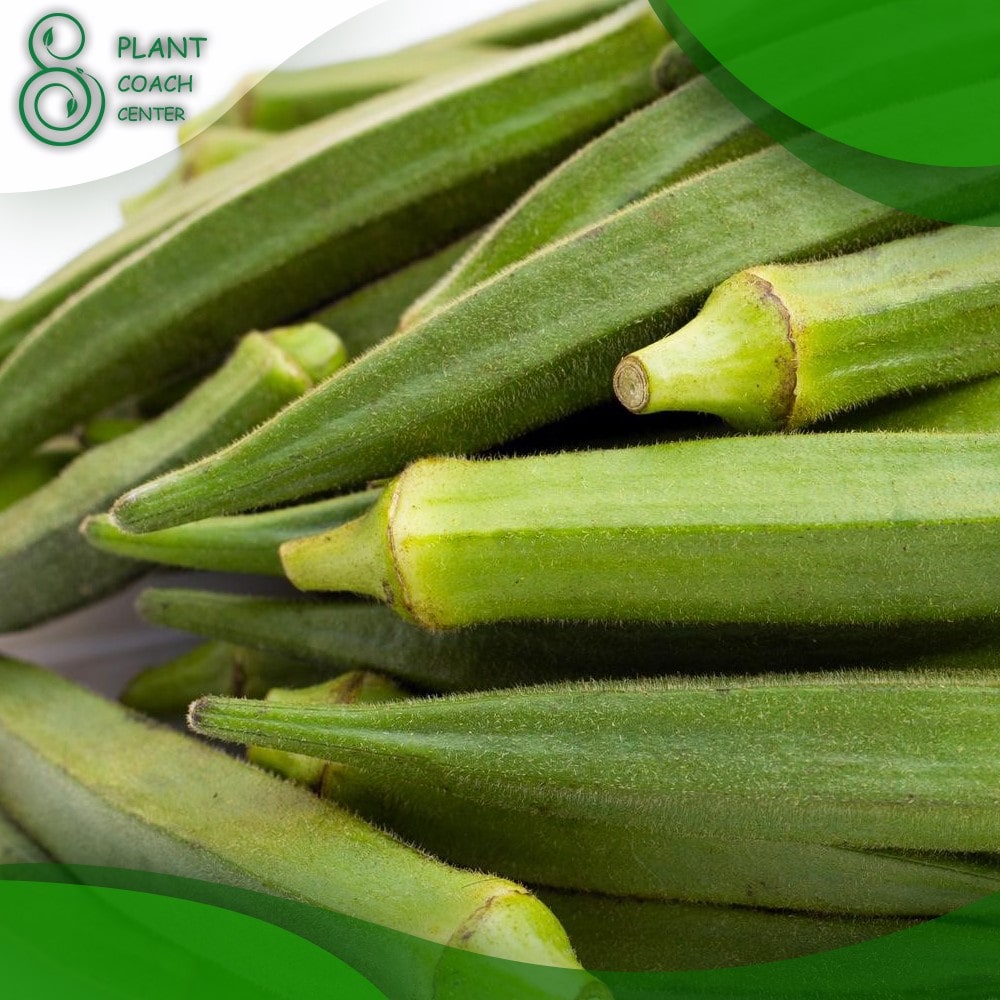When to Plant Okra in Texas
When it comes to successfully cultivating okra in Texas, timing is crucial. The optimal planting window can vary depending on the region’s climate and the specific requirements of this warm-season vegetable.
Whether you’re a seasoned gardener or a passionate enthusiast, understanding when to plant okra in Texas is essential for a bountiful harvest. In this comprehensive guide, we will explore the various factors to consider, techniques to employ, and tips for ensuring the best possible results when growing okra in the Lone Star State.
Before diving into the details, it’s worth mentioning that this article is brought to you in collaboration with plantcoachcenter.com, a reliable online resource for plant enthusiasts seeking expert advice, guidance, and valuable resources. With their extensive knowledge and expertise, plantcoachcenter.com is dedicated to helping individuals achieve success in their gardening endeavors, including the cultivation of okra in Texas.

Understanding Okra and Its Growing Requirements
To embark on a successful journey of planting okra in Texas, it’s important to familiarize yourself with the vegetable and its unique growing requirements. Okra, scientifically known as Abelmoschus esculentus, is a warm-season crop that belongs to the mallow family. Known for its distinctive pod-shaped fruits, okra is not only a versatile ingredient in various culinary dishes but also a visually appealing addition to home gardens.
Okra thrives in warm climates, making it well-suited for cultivation in Texas. It requires a minimum temperature of around 60°F (15.5°C) for germination and performs best when temperatures range between 75°F and 90°F (24°C and 32°C) during the growing season. The long, hot summers of Texas provide an ideal environment for this heat-loving vegetable.
In addition to temperature, okra also has specific soil and sunlight requirements. It prefers well-drained soil with a pH level ranging from 6.0 to 6.8. Sandy loam or loamy soil types are ideal, as they provide adequate drainage while retaining enough moisture for the plants. Furthermore, okra thrives in full sunlight, requiring at least six to eight hours of direct sunlight per day.
By understanding the characteristics and growing requirements of okra, you can lay the foundation for a successful planting experience. In the following sections, we will delve into the climate considerations, soil preparation, and ideal timing for planting okra in Texas, ensuring you have all the knowledge needed for a thriving okra harvest.
Climate and Regional Considerations

Texas is a state known for its diverse climate regions, ranging from the humid subtropical climate in the east to the arid desert climate in the west. When it comes to planting okra, understanding the climate patterns in your specific region is crucial for determining the optimal timing and ensuring successful cultivation.
In Texas, the United States Department of Agriculture (USDA) has designated different hardiness zones based on average minimum winter temperatures. These zones provide valuable information about the average temperatures and the length of the growing season in different areas. The zones in Texas range from 6a in the Panhandle to 9b in the southernmost parts of the state.
To determine the best time for planting okra, it’s important to consider the potential frost dates in your region. Okra plants are highly sensitive to frost, and planting too early can lead to seedling damage or even death. As a general guideline, it is advisable to wait until after the last frost date to plant okra outdoors.
In East Texas, where the climate is relatively milder, the last frost date usually falls in mid to late March. This allows for an early start to the growing season, with okra seeds being planted as early as April. In Central Texas, which experiences a transitional climate, the last frost occurs in late February to early March. Planting okra seeds in mid to late March or early April is recommended in this region. In West Texas, with its more arid climate, the last frost typically occurs in early to mid-April, making late April or early May the ideal time for planting okra seeds.
It’s important to note that within each region, there can be microclimates that deviate from the general climate pattern. Factors such as elevation, proximity to large bodies of water, or urban heat islands can influence local temperatures and frost dates. Observing the conditions in your specific location will provide valuable insights for determining the ideal planting time.
Consider the unique climate characteristics of your region and consult local gardening resources or agricultural extension offices for more precise information on frost dates and growing seasons. Adapting the planting schedule to your specific location will maximize the chances of a successful okra harvest.

Soil Preparation and Nutrient Requirements
Proper soil preparation is essential for creating a favorable growing environment for okra plants. Before planting, it’s crucial to assess and amend the soil to ensure optimal fertility and drainage.
Okra thrives in well-drained soil types, such as sandy loam or loamy soil. These soil types provide a balance of water retention and drainage, allowing the roots to access necessary moisture while preventing waterlogging. If your soil has poor drainage, consider incorporating organic matter or creating raised beds to improve water movement.
The pH level of the soil also affects nutrient availability to the plants. Okra prefers slightly acidic to neutral soil, with a pH range of 6.0 to 6.8. Conduct a soil test to determine the pH level and nutrient deficiencies, if any. Amendments like compost, organic matter, or specific fertilizers can be added to adjust the pH and improve nutrient levels.
Soil preparation should begin a few weeks before planting. Clear the planting area of any weeds or debris. Loosen the soil using a garden fork or tiller to a depth of about 8 to 10 inches. Incorporate organic matter, such as compost or well-rotted manure, to improve soil structure, fertility, and moisture retention.
By preparing the soil correctly, you provide a healthy foundation for your okra plants to establish strong root systems and uptake essential nutrients, resulting in robust growth and abundant yields.
Conclusion
In conclusion, understanding the climate and regional considerations, as well as properly preparing the soil, are fundamental steps in successfully cultivating okra in Texas. By aligning your planting schedule with the last frost dates specific to your region and creating an optimal growing environment through soil preparation, you increase the chances of a thriving okra harvest. Remember to consult local resources and adapt the recommendations to your specific location, as microclimates can influence planting times.
Can I plant okra in Texas year-round?
While okra can tolerate warm temperatures, it is best to plant it during the spring after the last frost.
How long does it take for okra to mature in Texas?
Okra typically takes 55-65 days to mature from planting, but it can vary based on cultivar and growing conditions.
What are the common pests that affect okra in Texas?
Common pests include aphids, caterpillars, and stink bugs. Implementing preventive measures and organic pest control can help manage them.







